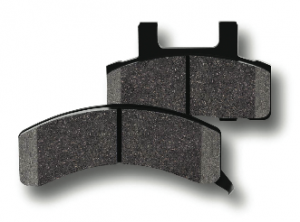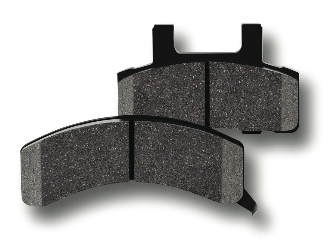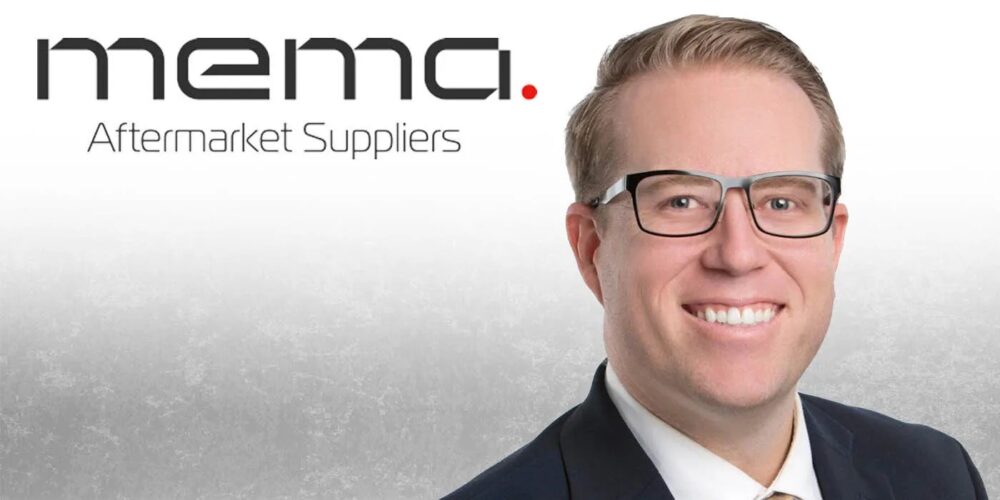
When a customer asks for a set of replacement brake pads, what are they really asking for? Quality? Value? The least expensive pads that will fit their vehicle? The best replacement pads? Like most automotive product categories, there are usually good, better and best options from which to choose.
Price is often a factor in making a buying decision, but so is performance, brand recognition, reputation and warranty. Availability also can make or break a sale. If you don’t have their first choice (or your first recommendation) on the shelf, many customers will settle for the next best option that is available — which they may regret later if they opt for a cheaper set of pads. Ceramic pads are often one of the top choices that many brake suppliers offer in their product lines.
Yet, due to their higher cost, some top-of-the-line products might not always be in stock. If a customer doesn’t want to wait for pads to arrive from your warehouse, he’ll probably opt for something else simply because he can buy it now. Your job is to convince him it’s worth the wait if their first choice is really the best choice for their vehicle.
One of the most common myths is that all ceramic pads are the same and therefore, the brand or price really doesn’t matter if it says “ceramic” on the box. Not true! There are many different ceramic friction materials available in the aftermarket today, and each formula has its own unique combination of friction, performance, wear and noise characteristics. Some ceramic friction materials stop better than others, some resist fading better than others, some wear better than others, some are quieter than others and some are less abrasive on rotors.
That’s where brand, quality and reputation come into play. Brand “A” may be much better choice for a particular application than Brand “X” regardless of any price difference one way or the other. So stress the importance of choosing Brand “A” over Brand “X” even if it requires waiting for an order to arrive. Some brake suppliers use a wide variety of friction materials in their ceramic product lines to match the friction characteristics to each application. Others use a “one-size-fits-all” approach to economize and streamline their product line, which means they have to make a lot of compromises across the range of vehicles they try to cover with a single friction formula.
Better to choose a brand that puts a strong emphasis on tweaking their formulas for each application than those who use the shotgun approach. If a vehicle was originally equipped with ceramic pads (which a majority of late-model cars, SUVs and light trucks are), the replacement pads also should be ceramic with similar (or better) friction, performance, noise and wear characteristics.
Downgrading to less expensive nonasbestos organic (NAO) pads may compromise braking performance, noise and wear. If a vehicle was originally equipped with semi-metallic pads, most brake suppliers recommend replacing same with same. Switching to ceramic pads may reduce noise and dusting, but often at the cost of wear and fade resistance. Semi-metallic pads are generally better for high heat applications and heavier vehicles.










